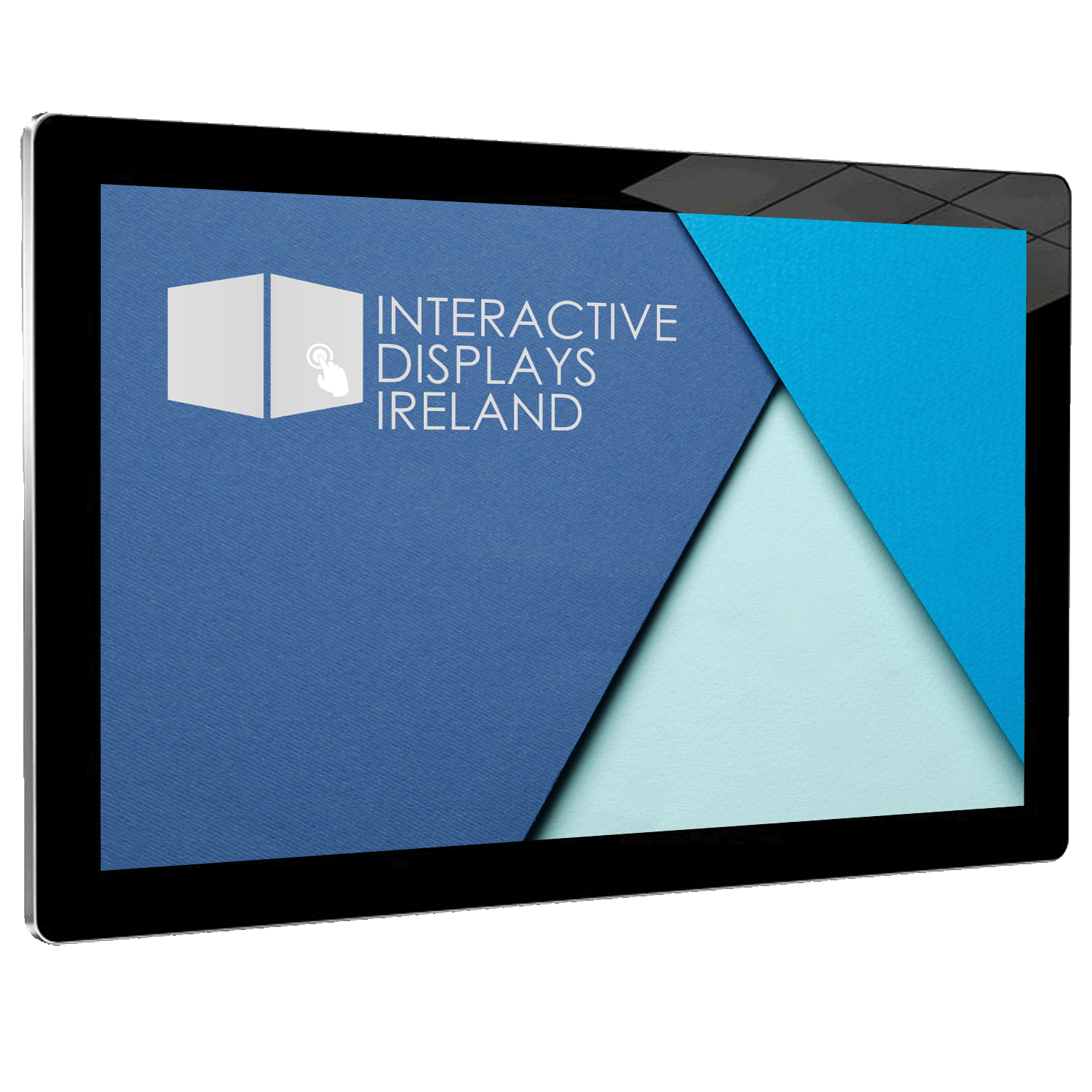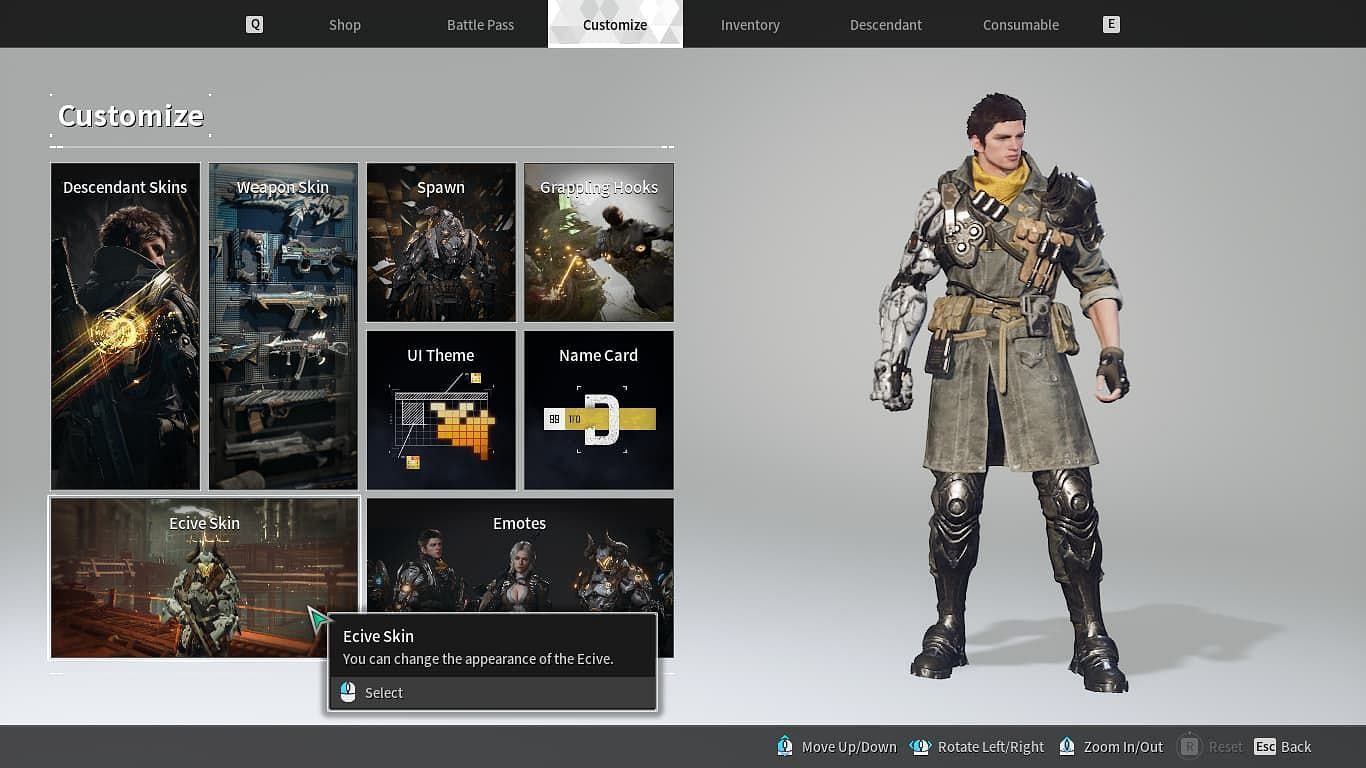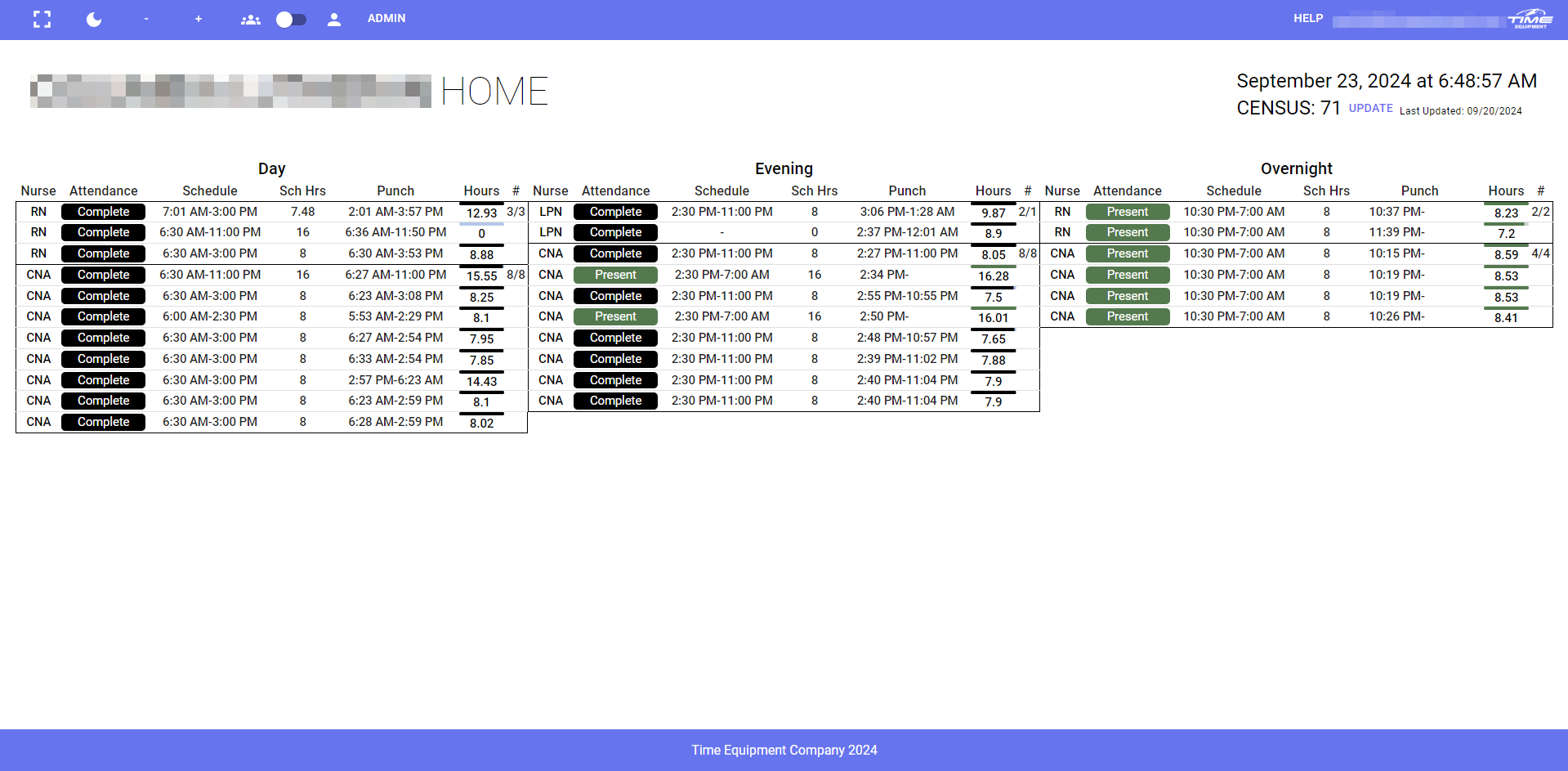Have you ever stopped to think about how quickly the things you want to see actually pop up on your screen? It's a pretty important part of how we experience the internet every single day, whether you're looking at pictures of friends or checking out what's for sale. This idea, which we're calling "ecive display time," is basically about how fast information gets from the internet to your eyes, and it truly shapes how you connect with everyone and everything online.
From a simple message arriving to a video starting without a hitch, the speed at which content appears really does make a difference. When things show up almost instantly, it feels good, doesn't it? You can keep up with conversations, find out what your family is doing, or just browse through things you like without any annoying pauses. It's about that immediate feeling of being there, right in the moment, with whatever you're doing.
So, too it's almost like the digital world is moving at your pace, rather than you waiting for it. A good "ecive display time" means your online life feels smooth and easy, letting you share what's on your mind or see what others are up to without much fuss. It's about making sure your digital interactions feel as natural and quick as possible, keeping you in the flow of things.
- Does Carmex Burn Your Lips
- T Mobile Managing Health And Safety In Construction
- Santtu Sepp%C3%A4l%C3%A4 Net Worth
- Anna Nicole Smith Father
- Smallville Actor
Table of Contents
- What's the Big Deal with Your ecive display time?
- Does How Fast Your Internet Moves Affect Your ecive display time?
- Making Connections - How Fast Do Your Shares Show Up?
- Keeping Things Private - What Does That Mean for ecive display time?
- Lighter Apps and Quicker ecive display time
- Where Do You Check Your ecive display time's Backbone?
- When Your ecive display time Feels a Bit Sluggish
- Getting Your ecive display time Back on Track
What's the Big Deal with Your ecive display time?
When we talk about "ecive display time," we're really talking about the speed at which your digital world comes to life on your screen. It's that moment when you click on something, or scroll past a new post, and it just appears, ready for you to see. This quickness is a bit like the foundation of a good online experience. If things take too long to show up, it can get pretty annoying, right? You might find yourself waiting for pictures to load or for a message to send, and that can really slow down your day.
Think about it: you want to share a fun moment with your friends or catch up on what they're doing. If your "ecive display time" is not up to par, those moments feel less immediate. You might see blank spaces where pictures should be, or a spinning circle instead of a video playing. This can make the whole act of connecting feel like a chore, rather than something easy and fun. Basically, a good "ecive display time" helps everything feel more connected and less like you're waiting around.
So, a good "ecive display time" means that when you log into your social spaces, everything you want to share or see is there almost as soon as you look. It means your friends' updates appear quickly, and you can start talking with them without delay. It's about making sure your digital life feels as smooth and responsive as possible, letting you simply enjoy what you're doing without interruptions. This quick showing of things makes a big difference in how much you get out of your online time, honestly.
- Faye Resnick %C3%A9poux
- No Lube Meme
- Red Dawn Cast 1984
- Eddie Guerrero Death
- Qu%C3%A9 Pobres Tan Ricos Cast
Does How Fast Your Internet Moves Affect Your ecive display time?
Yes, how fast your internet connection moves definitely plays a huge part in your "ecive display time." Imagine trying to fill a bucket with water. If you have a tiny trickle, it's going to take a long time. But if you have a strong gush, that bucket fills up fast. Your internet connection is a bit like that water flow. A slow connection means data trickles in, making everything on your screen take its sweet time to show up. This can make your "ecive display time" feel quite slow, you know?
When your internet service provider (ISP) gives you a certain speed, like for downloads, that speed tells you how much data can come to your device in a given moment. If that speed isn't very high, then all the photos, videos, and text that make up your online world will load slowly. This means that even if a message was sent instantly, it might not *appear* instantly on your screen because your connection is holding it back. So, your "ecive display time" is directly tied to the quickness of your internet connection, in a way.
For example, if you're trying to watch a video or look at a lot of pictures, a slow connection will mean buffering or blank spaces. This isn't because the content isn't ready; it's because your internet isn't bringing it to you fast enough. So, if you want your "ecive display time" to be quick and smooth, having a fast internet connection is pretty much essential. It's the backbone that supports how quickly everything you want to see actually gets to you, basically.
Making Connections - How Fast Do Your Shares Show Up?
Connecting with people online is a big part of what many of us do every day. We share pictures, little notes about our day, or even longer thoughts. The speed at which these shares become visible to others, and how quickly their shares become visible to us, is a key part of "ecive display time" in a social setting. When you post something, you want your friends and family to see it almost right away, don't you? That immediate sharing and seeing is what makes those connections feel real and lively.
When you put a picture up or type out an update, it travels through the internet to the people you know. A good "ecive display time" means that journey is quick. It means your friends can see your new photo almost as soon as you've put it out there, and they can react to it. This makes conversations flow better and keeps everyone feeling like they're part of what's happening. If there's a delay, the moment can pass, and the conversation might lose its spark, you know?
The tools we use, like messaging apps, are built to make these connections feel seamless. You send a message, and it appears on your friend's device in moments. This quick back-and-forth is all about good "ecive display time." It's about making sure that the words you type or the pictures you send are displayed for the other person almost as fast as you can think them. This helps build a sense of community and lets you deepen your interests with others who share them, honestly.
Keeping Things Private - What Does That Mean for ecive display time?
Privacy and safety are really important when you're sharing things online. You want to control who gets to see what you put out there. This control, in a way, also shapes your "ecive display time." When you decide to share something with just a small group of people, or you change who can see it, that information is then only displayed to those specific individuals. It's not about speed here, but about the *targeted* display of your content.
If you've ever tried to look at something and found it wasn't there, or you couldn't see it, it's often because the person who shared it only wanted a small group to see it, or they changed their settings, or maybe they even took it down. In these cases, your "ecive display time" for that specific content is effectively zero, because it's not meant to be displayed to you at all. It's a different side of how content shows up, or doesn't show up, on your screen. This is a crucial part of how online platforms help keep your stuff safe, too it's almost a filter for your display time.
So, while "ecive display time" often talks about speed, it also includes the idea of *permission* for display. The platform helps make sure that what you share is only shown to the people you want to see it, adding an extra layer of protection to your account. This means that content is only displayed when the right conditions are met, ensuring your personal moments are seen by the right eyes, and no one else. It's about making sure the right things are displayed to the right people, very thoughtfully.
Lighter Apps and Quicker ecive display time
Sometimes, the size of an app can really affect how quickly things show up on your screen, which directly impacts your "ecive display time." If an app is small and doesn't take up much space on your phone, it can often run more smoothly and load content faster, especially on devices that might not have a lot of storage or processing power. This is a clever way to help everyone get a good online experience, no matter what kind of phone they have, basically.
Consider an app that's designed to be light. It means it uses fewer resources, which can translate into quicker content loading. When you're trying to see updates or chat with people, a smaller app can help those things appear on your screen with less delay. This is particularly helpful if you're in an area with slower internet, or if your phone is a bit older. It helps make sure your "ecive display time" stays as quick as possible, even under less-than-perfect conditions, you know?
Having an app that's small means you save room on your phone for other things, like more photos or videos. But it also means that the app itself can get to work faster, bringing you the content you want to see without needing to process a lot of extra stuff. This focus on being light helps keep your social network feeling immediate and accessible, making sure your "ecive display time" is as good as it can be for connecting and keeping up with your friends, honestly.
Where Do You Check Your ecive display time's Backbone?
Since your internet connection is so important for your "ecive display time," it's a good idea to know how to check its speed. There are simple tools out there that can tell you, in just a few seconds, how fast your internet is moving. These tools measure how quickly data can come to your device, which is often called your download speed. Knowing this number gives you a good idea of what kind of "ecive display time" you can expect when you're online, in some respects.
You can use these speed checkers on almost any device you have, whether it's your computer or your phone. They'll give you an immediate sense of your internet connection's quickness. This helps you figure out if your internet is performing as it should be. If you're seeing slow loading times for content, checking your speed can tell you if your connection is the reason for a sluggish "ecive display time." It's a straightforward way to get some clarity, you know?
These tests look at how well your connection is doing across different types of internet, like Wi-Fi, the older ADSL, fiber optics, or even mobile data like 4G or 5G. They give you a clear picture of your connection's quickness and how well it's working. This information is pretty useful because it helps you figure out if your internet service is truly delivering the quickness needed for a smooth "ecive display time," basically. It's a simple way to stay informed about your connection's health.
When Your ecive display time Feels a Bit Sluggish
It can be pretty frustrating when your "ecive display time" feels slow. You're expecting things to show up quickly, but instead, you're waiting. This often happens when your internet speed isn't what you're paying for, or what you expect it to be. You might notice pictures taking a long time to load, videos pausing often, or messages being slow to send. These are all signs that the data isn't getting to your screen as quickly as it should, you know?
If you've run a speed test and found that your internet is moving slower than it ought to be, it can be a real drag on your online activities. It means that the quick connections and immediate sharing that make online life enjoyable are being held back. Your "ecive display time" suffers because the pipe bringing information to you is narrower than it should be. This can make even simple tasks, like checking a marketplace or joining a group discussion, feel like a chore, honestly.
When content takes too long to appear, it can disrupt your flow and make the whole experience less satisfying. You might miss out on real-time conversations or feel disconnected from what's happening. This feeling of things being sluggish really points to a problem with how quickly information is being displayed. It's a clear signal that something might need a little looking into to get your "ecive display time" back to where it should be, more or less.
Getting Your ecive display time Back on Track
If your "ecive display time" is feeling slow because your internet isn't pulling its weight, there are a few things you can try to get things moving better. First, if your speed test shows you're not getting what you pay for, it's a good idea to talk to your internet service provider. They might be able to help you figure out why your connection is slower than it should be, or offer solutions to make it quicker. Sometimes, it's a simple fix on their end, you know?
You might also want to check your own setup. Sometimes, moving your Wi-Fi router to a better spot, or making sure too many devices aren't all trying to use the internet at the same time, can help. Closing apps you're not using on your computer or phone can also free up some resources, which can help your "ecive display time" feel a bit snappier. These small adjustments can sometimes make a surprising difference in how quickly content appears on your screen, honestly.
For mobile users, making sure your phone's software is up to date can sometimes help with how quickly apps and content load. And if you're using an app that has a lighter version, like a "Lite" app, that can often help things appear faster by using less data and phone resources. By taking a few steps to look at your internet connection and how your devices are set up, you can often improve your "ecive display time" and make your online interactions feel much smoother, basically.
This article has looked at "ecive display time," which is about how quickly things show up on your screen. We talked about how your internet speed affects this, and how important it is for connecting with friends and family online. We also covered how privacy settings play a role in what gets displayed, and how lighter apps can help things appear faster. Finally, we looked at how to check your internet speed and what to do if your "ecive display time" feels a bit slow.
Related Resources:



Detail Author:
- Name : Seth Casper
- Username : upton.davion
- Email : autumn.gislason@hotmail.com
- Birthdate : 2006-06-01
- Address : 7608 Jenkins Squares North Ettie, AZ 09744-9937
- Phone : +1-503-778-6692
- Company : Collier, Fisher and Carter
- Job : Financial Examiner
- Bio : Rerum minus sed neque soluta ducimus repellendus. Earum doloribus unde dolore facilis. Harum porro molestias iste totam.
Socials
linkedin:
- url : https://linkedin.com/in/greilly
- username : greilly
- bio : Rem veniam eos dicta modi.
- followers : 4893
- following : 495
tiktok:
- url : https://tiktok.com/@geovanny_xx
- username : geovanny_xx
- bio : Molestiae iste corrupti quae eum aliquam non ab ex.
- followers : 423
- following : 978
instagram:
- url : https://instagram.com/geovanny_dev
- username : geovanny_dev
- bio : Quibusdam illo ut deserunt ab. Aspernatur eum numquam magni cum.
- followers : 1432
- following : 1739